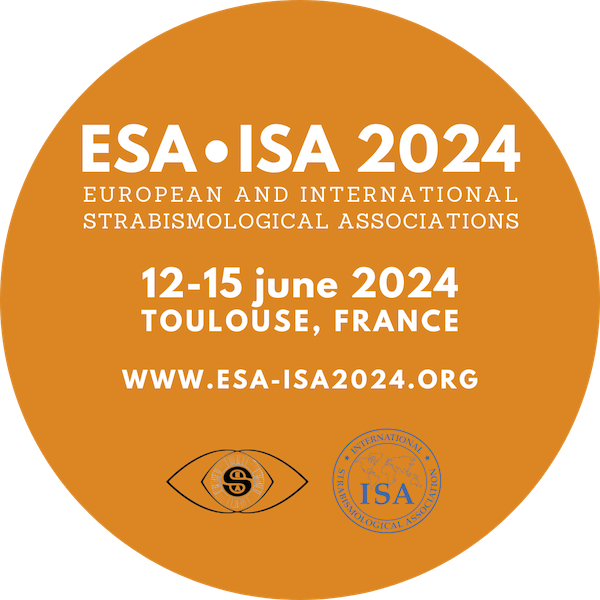
Session: Free papers Session II - Diagnostics & Amblyopia
Microesotropic children up to 3 years: is the new lang stereopad test effective? A preliminary report
Introduction: Parks affirms that macular binocular vision is unable to cope with strabismus, therefore stereoacuity tests have been used as screening tools to detect a minimum angle deviation: either indirect (Cover test, Corneal Light Reflex test, Irvine test, Paliaga test), or direct tests (Lang1, Lang 2, TNO, Titmus, Randot test). Aim of our study is to consider the new Lang Stereopad test for the diagnosis of microesotropia in very small children.
Methods: We considered 131 patients whose age ranged from 5 to 33 months (mean 18,54 months) suspected to be microesotropic. Due to the poor cooperation, Paliaga 8 diopters base-in test was considered our gold standard diagnostic test to detect microesotropia, for its high specificity and sensitivity, and its strong Likelihood-ratio. 17 subjects were discarded due to the inability to detect an answer at Paliaga test; 114 patients underwent a full orthoptic and ophthalmological examination. Young babies were tested with Lang Stereopad test according to the Preferential Looking method (PL).
Results: Among 107 patients considered orthotropic, Lang Stereopad detected 73 real-negatives and 34 false-positive. Among 7 subjects considered esotropic, Lang Stereopad detected 6 real-positives and 1 false-negative. We found a specificity of 98,6% and a sensitivity of 15%. The positive predictive value was 85,71% and the negative predictive value was 68,22%. Likelihood ratio corresponded to 11,1.
Conclusions: The diagnosis of small angle esotropia is one of the most difficult to obtain. Small kids should be monitored with tests with good statistical evaluation according to age. Lang Steropad test performed with the PL method seems to facilitate the diagnosis of an healthy patient. According to positive and negative predictive values and Likelihood Ratio the Lang Stereopad test seems to be very useful in detecting the normal stereoscopical status in very small children, but it is less efficient in identifying microesotropic ones.